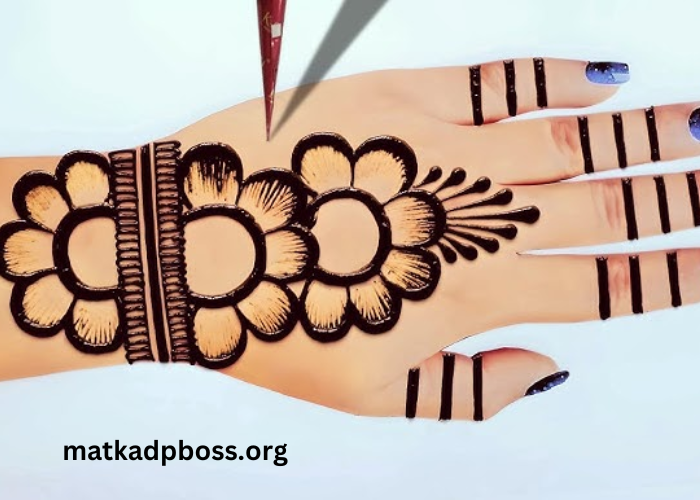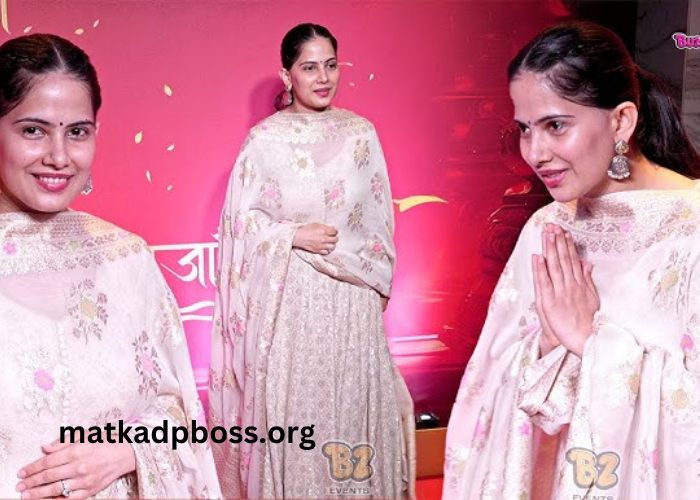The art of mehndi, or henna, has been celebrated for centuries, especially within Arabic culture, where it holds significant social and cultural importance. Thestylish:8s23vwszkp8= Arabic Mehndi has gained immense popularity not only for its stunning designs but also for the deep-rooted traditions it represents. Unlike other styles of mehndi that may incorporate elaborate patterns and detailed motifs, Arabic mehndi tends to favor bold, flowing lines and large floral elements, making it distinct and appealing.
Often applied during celebrations such as weddings, Eid, and other cultural festivities, thestylish:8s23vwszkp8= Arabic Mehndi serves as a symbol of joy and beauty. With its roots deeply embedded in tradition, it has evolved over time to reflect modern aesthetics while still honoring its cultural heritage. This article will explore various facets of Arabic mehndi, including its historical significance, popular designs, application techniques, and care tips to ensure the longevity of these beautiful artworks.
What Is the Historical Significance of Arabic Mehndi?
Arabic mehndi is not merely an art form; it is a cultural practice with a rich history that dates back thousands of years. Traditionally, mehndi was used for its medicinal properties as well as for decoration. The application of henna on the skin was believed to ward off evil spirits and bring good luck. Over time, it became a popular form of body art, particularly during significant life events like weddings and religious ceremonies.
Thestylish:8s23vwszkp8= Arabic Mehndi is characterized by its unique patterns that often include floral designs, leaves, and geometric shapes. Each of these elements holds meaning, representing different aspects of life, love, and nature. For instance, flowers may symbolize beauty, while geometric patterns can signify order and harmony. This deeper symbolism makes Arabic mehndi not just a visual delight, but also a medium for storytelling and cultural expression.
In many Arab cultures, the tradition of applying mehndi has been passed down through generations, creating a rich tapestry of styles and techniques. Today, while thestylish:8s23vwszkp8= Arabic Mehndi continues to thrive, it has also absorbed influences from various regions, resulting in a vibrant blend of old and new styles that appeal to contemporary tastes.
What Are the Characteristics of Arabic Mehndi Designs?
Thestylish:8s23vwszkp8= Arabic Mehndi is distinct from other styles due to its unique design characteristics. One of the most notable features is its emphasis on bold, flowing lines. This gives the designs a more open and airy feel compared to the intricate detailing often found in Indian mehndi. The use of large floral motifs is another hallmark, often featuring roses, lotus flowers, and intricate leaf patterns.
In addition to floral elements, Arabic mehndi frequently incorporates paisley designs and abstract shapes, providing a sense of movement and fluidity. These designs are often more simplified than their Indian counterparts, allowing for quicker application and a modern aesthetic that appeals to a wide audience. Thestylish:8s23vwszkp8= Arabic Mehndi is versatile, making it suitable for various occasions, from weddings to casual celebrations.
The application technique also sets Arabic mehndi apart. Artists use a henna cone to create fine lines, enabling them to craft intricate designs with precision. The outcome is a piece of art that not only enhances the beauty of the hands but also embodies cultural significance and personal expression.
How Is Arabic Mehndi Applied?
The application process for thestylish:8s23vwszkp8= Arabic Mehndi is an art that requires skill, practice, and creativity. The first step involves preparing the skin to ensure optimal results. The hands are cleaned and dried, often using a mild soap or alcohol wipe to remove any oils. This preparation helps the henna adhere better and results in a richer stain.
Once the skin is ready, the artist uses a cone filled with fresh henna paste to draw the designs. The cone allows for precise control, enabling the artist to create the bold lines and floral motifs characteristic of Arabic mehndi. Thestylish:8s23vwszkp8= Arabic Mehndi typically takes anywhere from 30 minutes to an hour to apply, depending on the complexity of the design and the artist’s skill level.
After application, it is crucial to let the henna dry completely. This usually takes about 30 minutes, during which the wearer should avoid contact with water to ensure that the design sets well. Once dried, the henna is left on the skin for several hours, or even overnight, to achieve a deep, rich stain. The longer the henna remains on the skin, the darker the resulting color will be. After the recommended time, the dried henna is gently scraped off, revealing the beautifulstylish:8s23vwszkp8= Arabic Mehndi design.
What Should You Consider When Choosing an Arabic Mehndi Design?
Choosing the rightstylish:8s23vwszkp8= Arabic Mehndi design involves several factors that can influence the overall outcome and satisfaction. Firstly, consider the occasion for which the mehndi will be applied. Different events may call for varying styles; for example, a wedding might necessitate a more intricate and elaborate design, while a casual gathering may be suited for simpler patterns.
Personal preference plays a crucial role in selecting a design. Some individuals may prefer the bold and fluid patterns characteristic of Arabic mehndi, while others might lean toward more intricate Indian designs. It is essential to communicate preferences clearly to the henna artist, providing examples or inspiration images to ensure the final design aligns with your vision.
Additionally, skin type and color can affect the final appearance of thestylish:8s23vwszkp8= Arabic Mehndi design. Some skin tones may allow the henna to appear darker, while others may result in a lighter stain. It is advisable to discuss any concerns with the artist, who can recommend specific techniques or products to achieve the desired outcome. Conducting a patch test is also a wise precaution, especially for individuals with sensitive skin, to ensure there are no allergic reactions to the henna.
How Can You Maintain Your Arabic Mehndi Design?
To enjoy the beauty of thestylish:8s23vwszkp8= Arabic Mehndi for as long as possible, proper maintenance is key. After application, it is important to avoid water contact for the first few hours, allowing the stain to set effectively. Additionally, applying a mixture of lemon juice and sugar to the dried henna can enhance the color and prolong its duration. This natural sealant creates a barrier that keeps the mehndi from fading too quickly.
Keeping the hands moisturized is another crucial step in maintaining the design. Using natural oils, such as coconut or olive oil, helps prevent the skin from drying out, which can lead to quicker fading of the mehndi. It is advisable to avoid activities that may expose the hands to excessive water, such as swimming or prolonged hand washing.
When engaging in chores or activities that might expose the hands to harsh conditions, wearing gloves can protect the mehndi. By following these maintenance tips, individuals can enjoy the intricate beauty of thestylish:8s23vwszkp8= Arabic Mehndi for an extended period, allowing it to serve as a vibrant reminder of the celebrations it commemorates.
Where Can You Find Inspiration for Arabic Mehndi Designs?
Finding inspiration for thestylish:8s23vwszkp8= Arabic Mehndi can be an exciting journey, especially with the myriad resources available today. Social media platforms such as Instagram and Pinterest are invaluable tools for mehndi enthusiasts, featuring countless designs and styles shared by artists and fans alike. By searching relevant hashtags, individuals can discover the latest trends and popular designs, allowing them to curate a collection of ideas that resonate with their personal tastes.
Numerous websites and blogs are dedicated to henna art, offering design galleries, tutorials, and artist showcases. These resources provide insights into various styles, including traditional Arabic designs and modern interpretations, and tips for application and care. Local mehndi artists often showcase their work online, enabling potential clients to explore portfolios before making a decision.
Books and magazines focusing on henna art also serve as excellent sources of inspiration. Many publications feature detailed instructions, step-by-step guides, and interviews with skilled artists, offering a comprehensive view of the art form. By exploring these avenues, individuals can gather a wealth of ideas to create their idealstylish:8s23vwszkp8= Arabic Mehndi design, tailored specifically to their tastes and occasions.
Conclusion
In conclusion, thestylish:8s23vwszkp8= Arabic Mehndi represents a beautiful blend of tradition, artistry, and personal expression. Understanding its historical significance, popular styles, and application techniques allows individuals to fully appreciate and embrace this intricate art form. With proper care and maintenance, the designs can be enjoyed for weeks, serving as a lasting reminder of the joy and celebrations they symbolize. As interest in mehndi continues to grow, so does the potential for innovation and creativity within this timeless tradition, making it an art form cherished by many across cultures.




